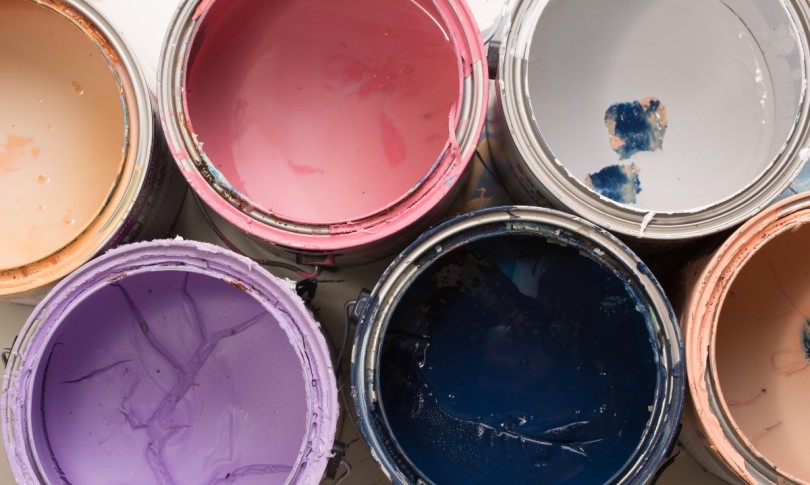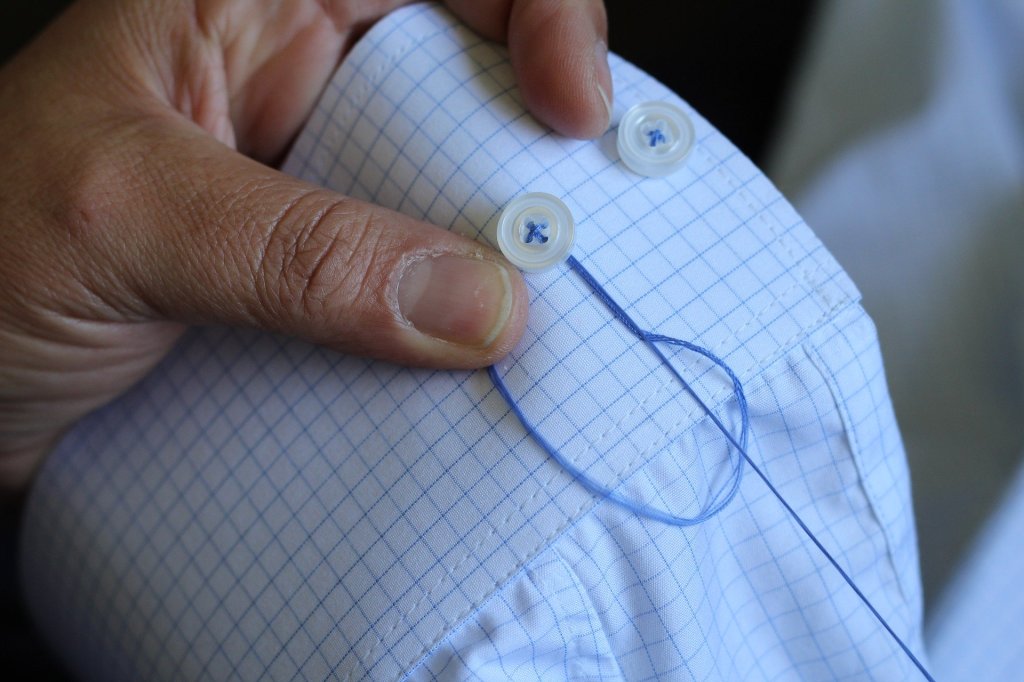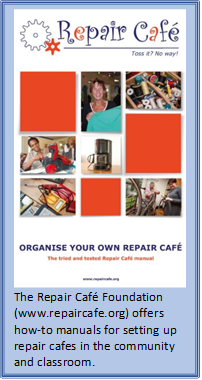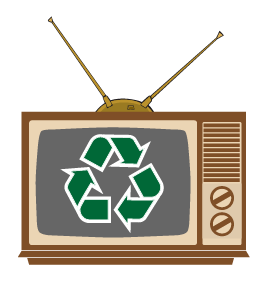Leftover paint is the most common material residents bring to their community household hazardous waste collection facilities and events. The cost of leftover paint is not cheap – for either the resident – or for the programs that accept and manage leftover paint. Learn how to save money and avoid leftover paint with these tips.
Buy the Right Amount

Many people have leftover paint because it’s not always easy to know how much paint to purchase in the first place. Tip: Plan. When estimating how much paint you need, measure the space you plan to paint and bring your measurements to the paint store and ask staff for expert advice on how much paint to buy. You can also use a paint calculator. Try www.paintcare.org/paint-calculators.
If you do buy too much, store it properly so it can be used it for future projects.
Storage Tips
Here are a few tips to properly store your paint.
Protect the Lids: When opening a paint can, use a paint key instead of a typical screwdriver or other tool. Screwdrivers will bend, distort, or otherwise damage the lid, making it difficult to put back on. When putting the lid back on the can, tap it with a rubber mallet. If you don’t have a mallet, place a piece of wood or a book between a hammer and the lid and then carefully tap it down.
Keep the Rim Clean: If you wipe the edge of your brush on the rim of a paint can, you will end up with a rim full of accumulated paint. If you use up all the paint, that’s not a problem. But if you want to reseal the can and save it for later, you will have trouble getting the lid on tight. Follow these tips to keep the rim clean and clear:
- Poke holes in the rim with a medium size nail or awl so that paint drips back into the can and doesn’t accumulate in the rim.
- While you are working and using a brush, pour paint from the original can into a paint tray. This will also allow you to close the original can while you are working and keep air from drying out the paint.
- Try securely strapping a rubber band around the top of the paint can. This can be used to clean the edge of a paint brush, making a more efficient painting experience.
- Cover the opening with a piece of plastic wrap before putting on the lid. The plastic will act as a gasket, creating a tighter seal.
Keep The Paint from Freezing: Water-based paint labels normally read “keep from freezing,” but did you know that paint may still be usable even after it freezes once or twice? If you can stir paint into a smooth consistency, it’s still good. If it freezes and thaws several times, its condition will worsen each time. If you stir paint and it stays lumpy and doesn’t get smooth, it’s spoiled.
Keep Out of the Rain or Damp Locations: When cans get wet, they rust, and the labels fall off. Even plastic cans have metal lids that can rust. Rusty cans and lids make a mess and fall apart when handled. The rust may fall into the paint, making it unusable. If the label falls off, you won’t know what type of paint or color is in the can. Keep your paint dry.
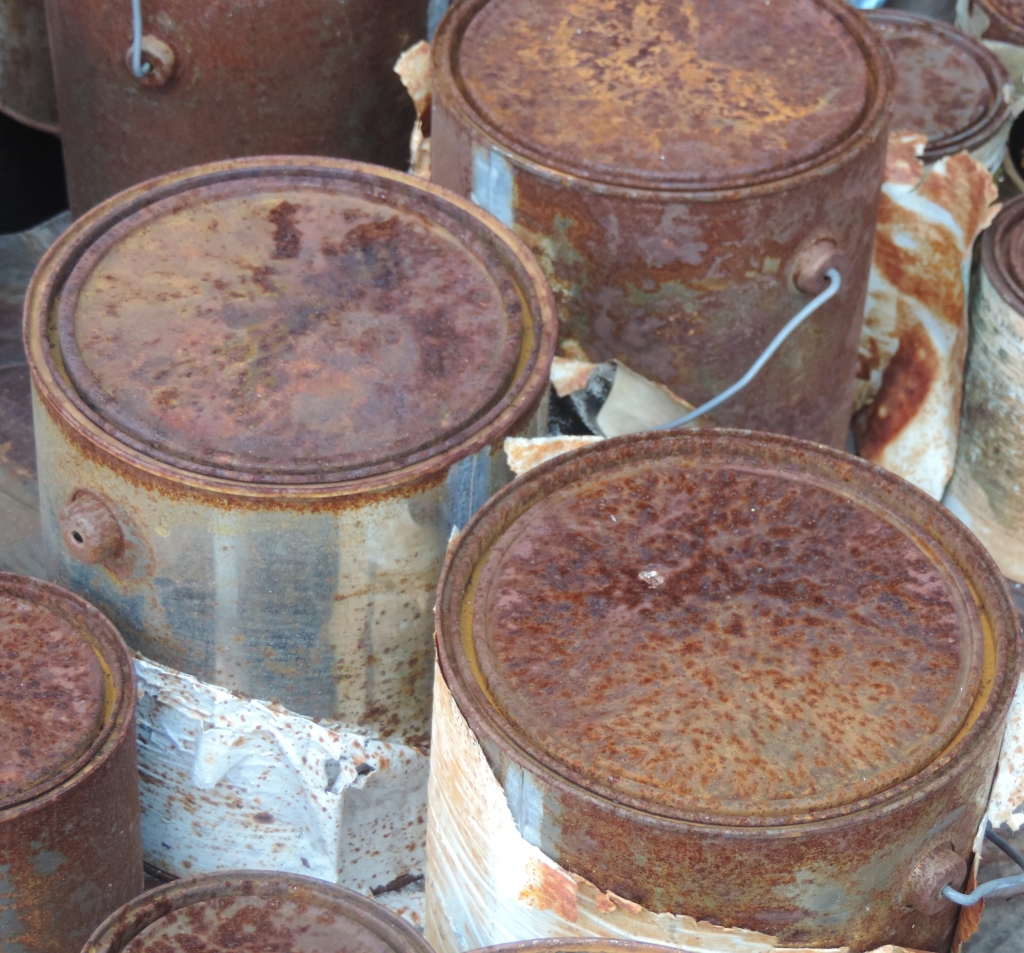
Use it up!
Another way to manage your leftover paint is to use up what you have. A gallon or more can be used as a primer for other paint projects. A small amount can be used to paint a small space or experiment with updating a window frame or freshening up a bookshelf.
If you still have paint leftover, consider giving it away if it is in good condition. Friends, relatives, community groups and artists may be able to benefit from this useful resource.
These are just a few tips to reduce the amount of paint you buy in the first place, and to make the paint you do have, last longer. As a last resort, please properly dispose of your leftover paint at your community household hazardous waste collection program.

